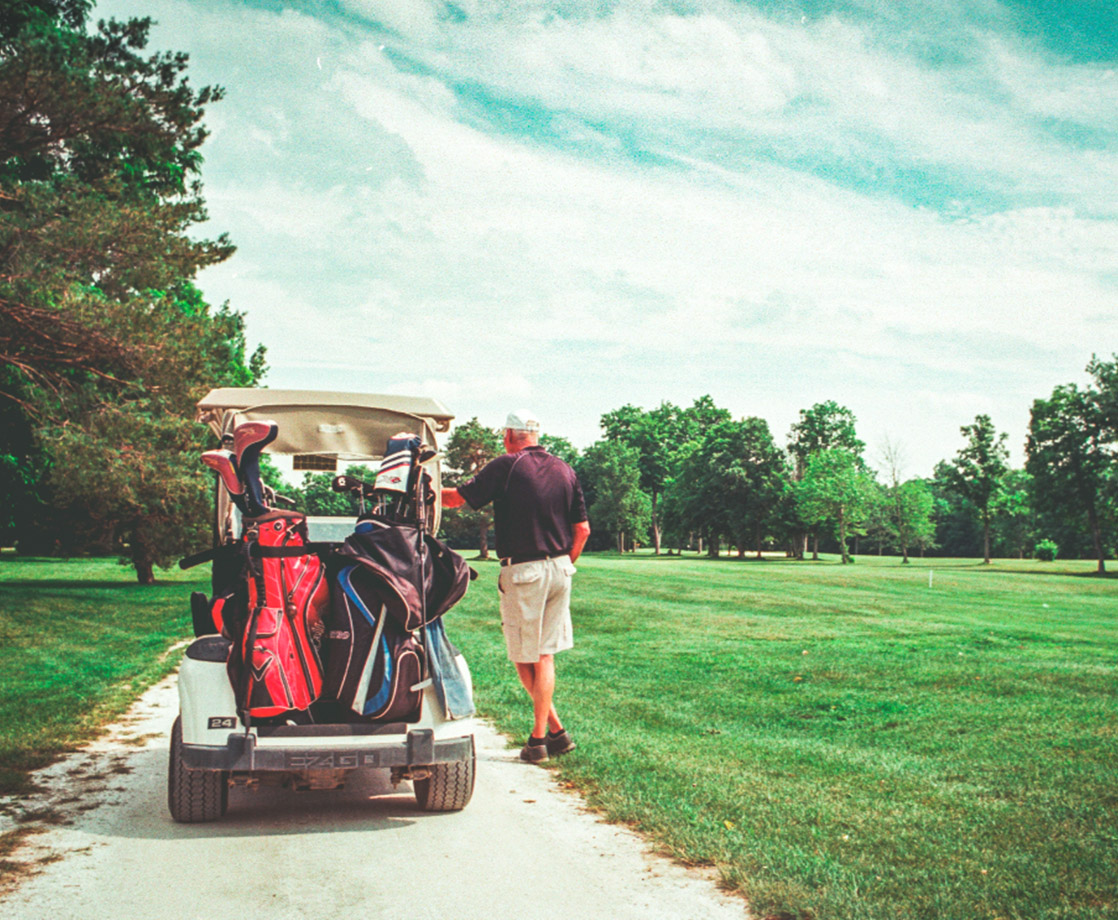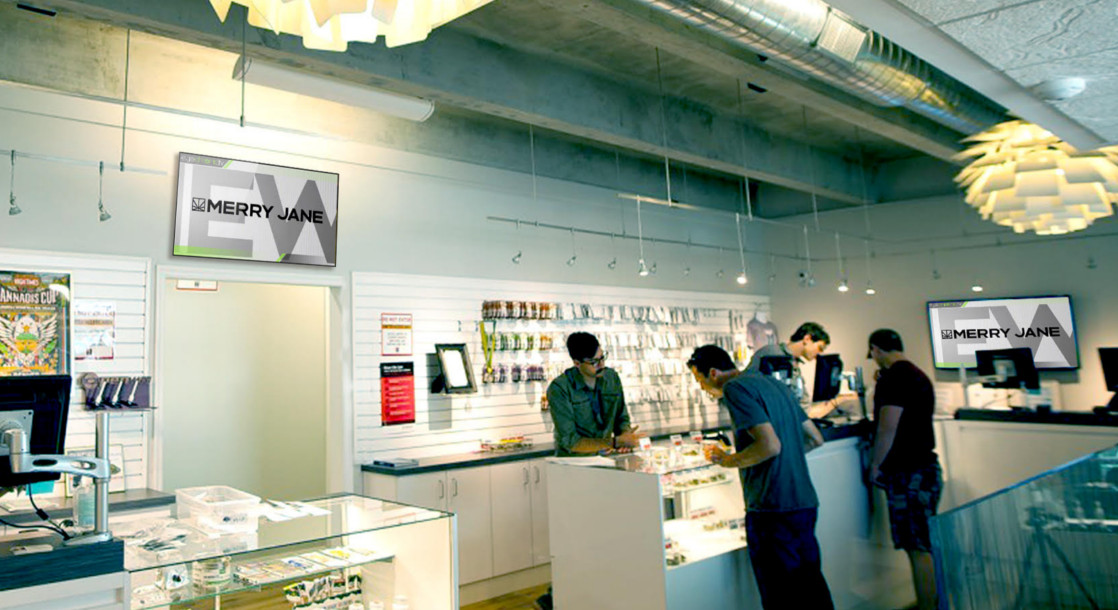All photos taken by the author
I. The Course
In 1941, El Rancho Vegas, the first casino located on what would later become the famed Vegas Strip, opened its doors. It was pretty much what you’d expect the first Vegas casino to be: quietly acknowledged impropriety, glitz and glam, a tendency to attract attention and money. A dancer, Candy Barr, was once arrested there in 1959 after police raided her home and found four-fifths of an ounce of weed stuffed into a bra. It was a different time. El Rancho burned to the ground the following year.
Today, the Strip is a thriving tourist attraction, and Gordon Weiske thinks he’s got the next El Rancho. It’s not in Vegas, and it’s not a haven for low-key criminals, and it’s probably not going to burn to the ground. But the idea to build a new tourist hotspot brought Weiske — an entertainment industry entrepreneur and relative newcomer to the cannabis business — and his business partners to buy a public golf course just outside of Smiths Falls, Ontario, an otherwise unremarkable (if quaint and lovely) little town that also happens to be home to the biggest weed company in the known universe, Canopy Growth.
Weiske, along with his business partners, has grand plans for that golf course, and hopes to do something similar to what El Rancho did — which is to say, to bring a whole new kind of entertainment to a small backwater. Lombard Glen Golf & Country Club, the former name of the 53-year-old course, was scrapped in favor of a new name: Rolling Greens. The new name is an OK description of the mostly flat course, but more important is that it un-subtly winks at the real draw of the place: the world’s first cannabis-themed golf course. “Come roll with us,” beckons the course’s sign. If Canopy brought work, Rolling Greens wants to bring the play to Smiths Falls.
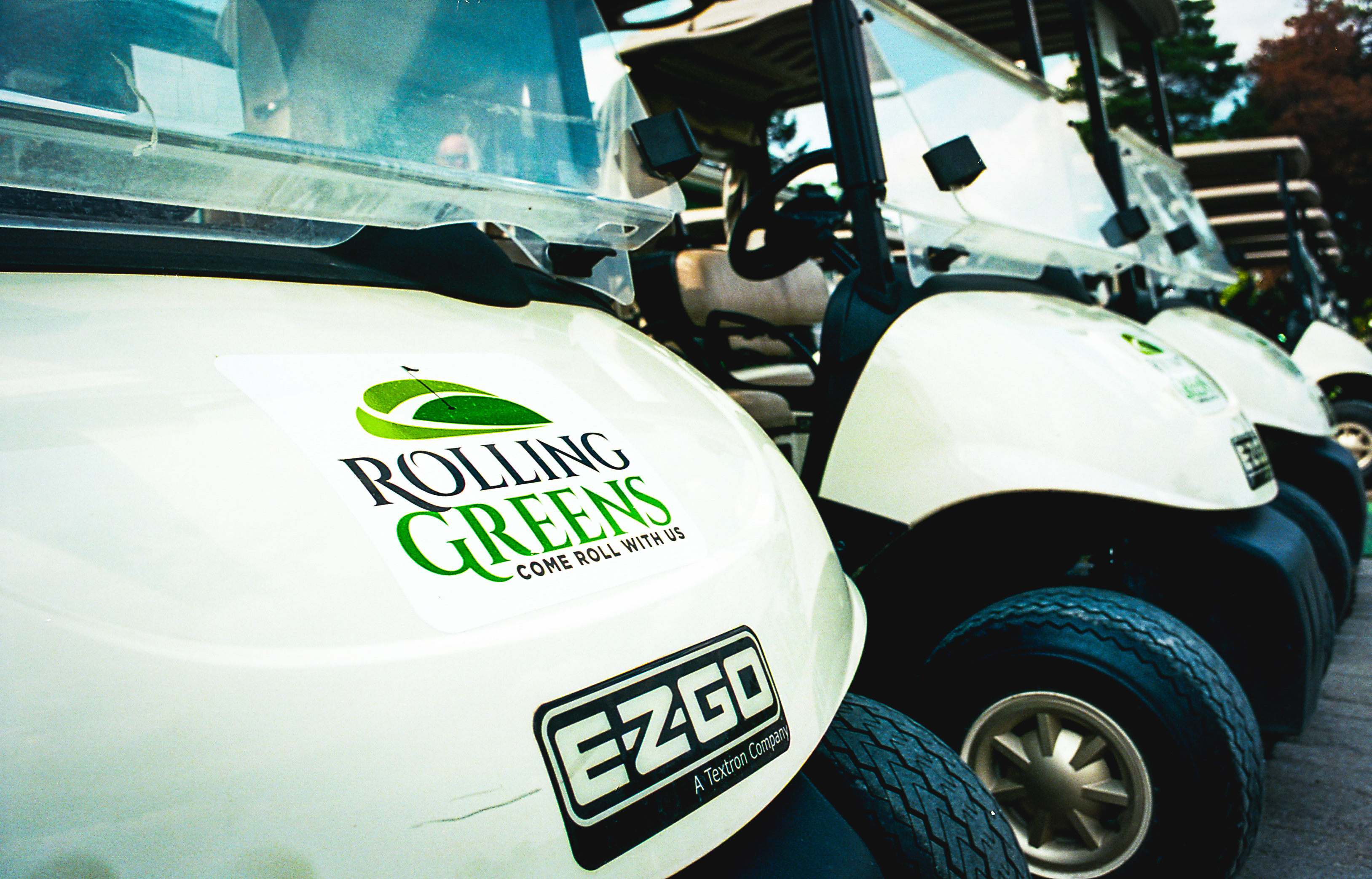
“We’re really the first ones to bring cannabis-themed entertainment to the area,” Weiske tells me, sitting on the patio at the course’s (deeply delayed) grand opening in early July. “I would love this whole area to become like the Las Vegas of cannabis!” I point out that weed is legal in Nevada, making Las Vegas the Las Vegas of cannabis; “good point, good point,” Weiske says. We move on.
Weiske is right, though: Except for the visitors’ center attached to Canopy Growth’s massive grow-op, and unless you happen to see one of the hundreds of Canopy employees, it’s easy to forget that Smiths Falls is arguably the new, legalization-era cannabis capital of the world. Or at least one of them. It was from Smiths Falls that cannabis in Canada grew to the massive, shareholder-friendly industry it currently embodies. Shaman Ferraro, the CEO of a tourism guide company called Gocanna, once told me that the area has the potential to be “Disneyland for weed.”
The idea to turn Smiths Falls into the Vegas of cannabis isn’t a new one. There is even some precedent for it. Before it closed, the Hershey’s Chocolate factory in Smiths Falls was a major tourist draw. Smiths Falls has always counted tourism as one of its main attractions (the chocolate factory was, unsurprisingly, a family favorite partially because Hershey’s used to hand out free pieces of broken chocolate as part of the tour). The latest hope is that weed will precipitate a second tourism boom. Canopy is hoping that visitors will be attracted to take tours of their growing facility. The company’s former CEO Bruce Linton was deeply involved in a push to turn an old water treatment facility into a high-end hotel and conference center.
Weed has brought money back to Smiths Falls; the work now turns to bringing people, too. Weiske wants his course to be a catalyst for a renaissance of the tourism industry in town — one that’s less rooted in Smiths Falls’ pastoral charms and more in an unabashed leveraging of the thing that the town is most known for these days: weed.

So far, Smiths Falls’ identity as a tourist mecca is a ways off. On a bright and warm Saturday in July, the biggest event in town is happening in a mall parking lot, where a group of bikers are trying to break the world record for the most women taking part in a motorcycle burnout. (They came up more than 100 riders short.) Most of the other people who, like me, took the train in to Smiths Falls are heading to a “job fair” that, it turns out, is not so much of a “job fair,” but rather a coupon booklet sales opportunity being orchestrated at the course’s clubhouse. It’s being run by a guy named Chris who was rolling a joint when I first arrived got there. (“YES! You can bring your own CANNABIS,” reads the job fair posting, which teased $100-an-hour jobs.) I sit in on it for a moment, as Chris is telling a group of a dozen or so job seekers that he needs 50 people that can go “give away free rounds of golf to every cannabis-friendly adult” in Ottawa.
Everybody has a scheme around here, I jot in my notebook.
Weiske has his work cut out for him if he wants to turn Smiths Falls into a tourist destination all its own, and it’s going to take a lot of effort. For Weiske, who moved from Toronto to Smiths Falls to run the course, this is his first crack at the cannabis industry. He may not be experienced in legal weed, but he does have a background in the film industry. Weiske doesn’t seem to consider the two as all that different. In both cases, he’s in the business of moment-making and entertainment. It’s even his mission statement at Rolling Greens: “We’re bringing fun back,” Weiske is fond of saying. (Which one needs it more these days — golf or weed? I’m still not sure.)
Could golf be the catalyst that Weiske hopes it will be? It’s hard to say. But, like the old adage says — how do you eat an entire elephant? One bite at a time — Rolling Greens may just be the first bite.
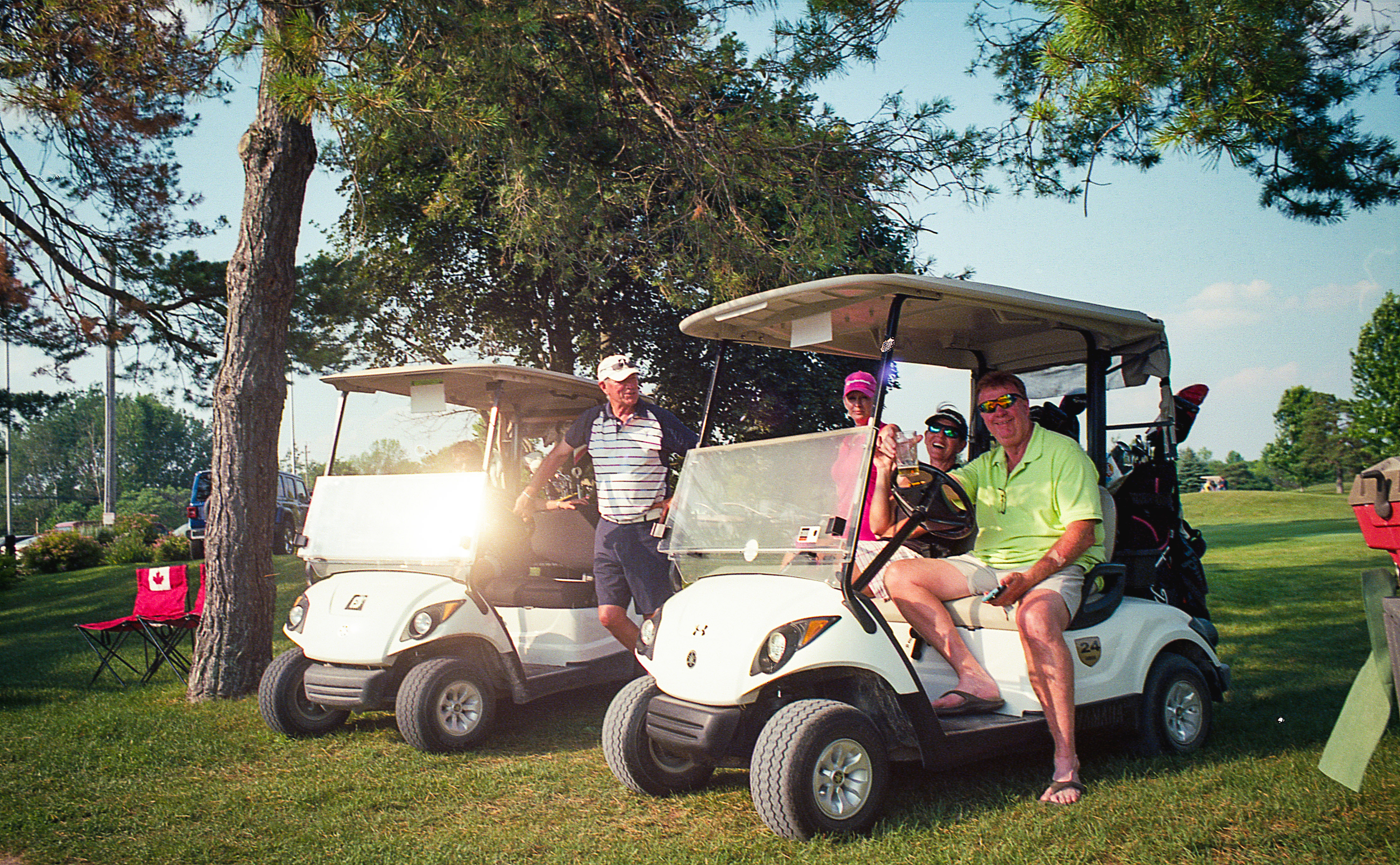
II. The Owner
The figurative nerve center of Rolling Greens is Weiske himself, and the best way to understand the whole project of the golf course is just to observe him for a while. He has a sort of frantic, buzzing energy as he darts back and forth across the course in a Rolling Greens-branded golf cart. When I show up, he and his long, pushed-back hair is nowhere to be seen. “I’ll go find pretty boy — I mean, Gordon,” his business partner, Joe Lopes, jokes, sort of.
By trade, Weiske isn’t a golf guy but an entertainment guy. Before getting into the cannabis-golf industry, he was the president of Canwood Entertainment, an independent film production company. (“I don’t really know sports,” he tells me while we’re driving around the course in the cart, as I try to make small talk about Kawhi Leonard leaving the Toronto Raptors.) It’s perhaps from that background that he draws his nearly relentless penchant for self-promotion. Weiske trades mostly in attention. At a recent golf industry trade show, “we were getting all the attention,” he boasts. I think this is an OK strategy. In the tourism industry, attention is money, and right now Weiske has spun an old golf course in a rural town into a lightning rod for it. “You show me any other golf course in Ontario that’s getting front page coverage,” he states.
That’s pretty much true, but he’s not stopping there. The thing about attention is that it is a fire which must be constantly fed. It’s only been about an hour into the course’s grand opening, and Weiske is talking about expansion and franchising.
“This is the prototype,” he tells me. “We want to franchise this [golf course] to other provinces.” To do that, he’s teaming up with the Murray Bros., the restaurant company owned by Bill Murray and his family, who have a line of Caddyshack Restaurants, one of which will eventually be located at the course. “This is going to become the Caddyshack restaurant,” says Weiske, pointing to a dimly-lit part of the clubhouse. “They’re part of the plan.” Around the clubhouse walls, Weiske has put up quotes from the film. Later, Weiske will inflate a gigantic blow-up movie screen, on which the film Caddyshack is played to christen the partnership. Weiske is, if nothing else, a talented hype man. Everybody has a scheme around here.
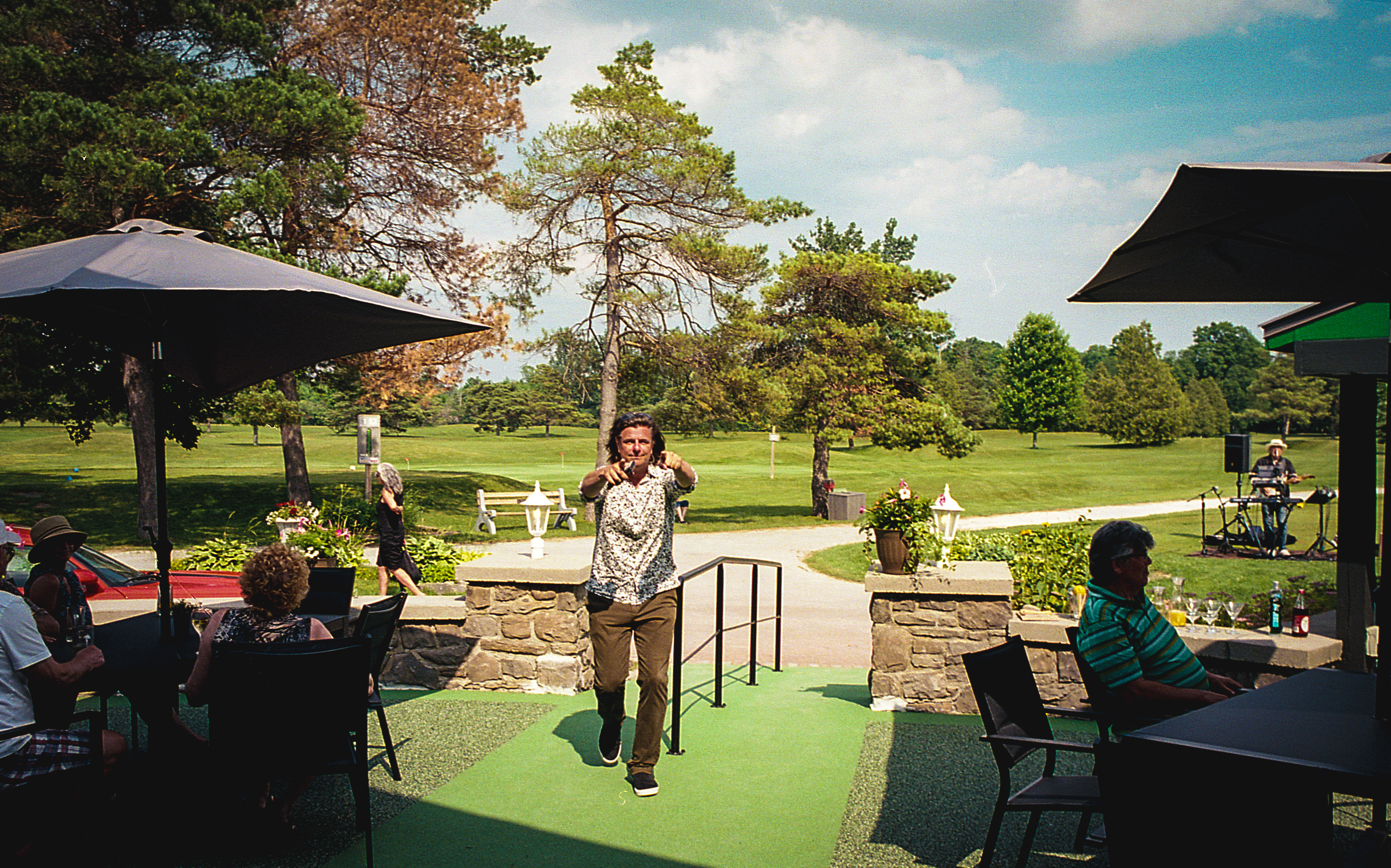
III. The Weed
Golf courses have always been private little libertarian kingdoms for the people paying to play on them. Drinking and smoking are in the DNA of modern golf, insofar as the golf course is a place of escape. Golf course owners have never taken much of a stance against intoxication on their courses. Most of them resolve, eventually, to a position of: don’t cause any trouble, and we don’t care what you do out there. Or as one person out on the course eloquently put it, “I can’t see if people are out there smoking up, or doing heroin, or sucking each other’s cocks. Who knows what they’re doing, because it’s so far away.”
But if you were looking for a golf course where pot smoke hangs over it like a morning fog, where cannabis is openly promoted and displayed, Rolling Greens isn’t it. It is, just as before, a place where cannabis use is present, but tucked away in corners and in out-of-the-way places. To longtime visitors, it’s no more or less of a weed course than it was before the re-brand.
“Honestly, it didn’t change,” says Barry Thompson, a golfer who, he tells me, is a lifetime member at the course and has business dealings with the Smiths Falls mayor. “We’ve been playing men’s league for 26 years, and for 26 years when we’re playing men’s night, we can smell weed.”
Weed has long been used on golf courses, of course. It’s virtually impossible to police what people are doing out on the course even if you wanted to — so beyond safety measures, most golf courses don’t really try. Officially, the Professional Golfers’ Association stance is to ban cannabis for pro golfers, as “involvement with illegal substances goes against the spirit of our sport,” according to the PGA’s official drug policy. They point out that while it’s not naturally a performance-enhancing substance, “some athletes have used cannabinoids to decrease anxiety before a competition.”
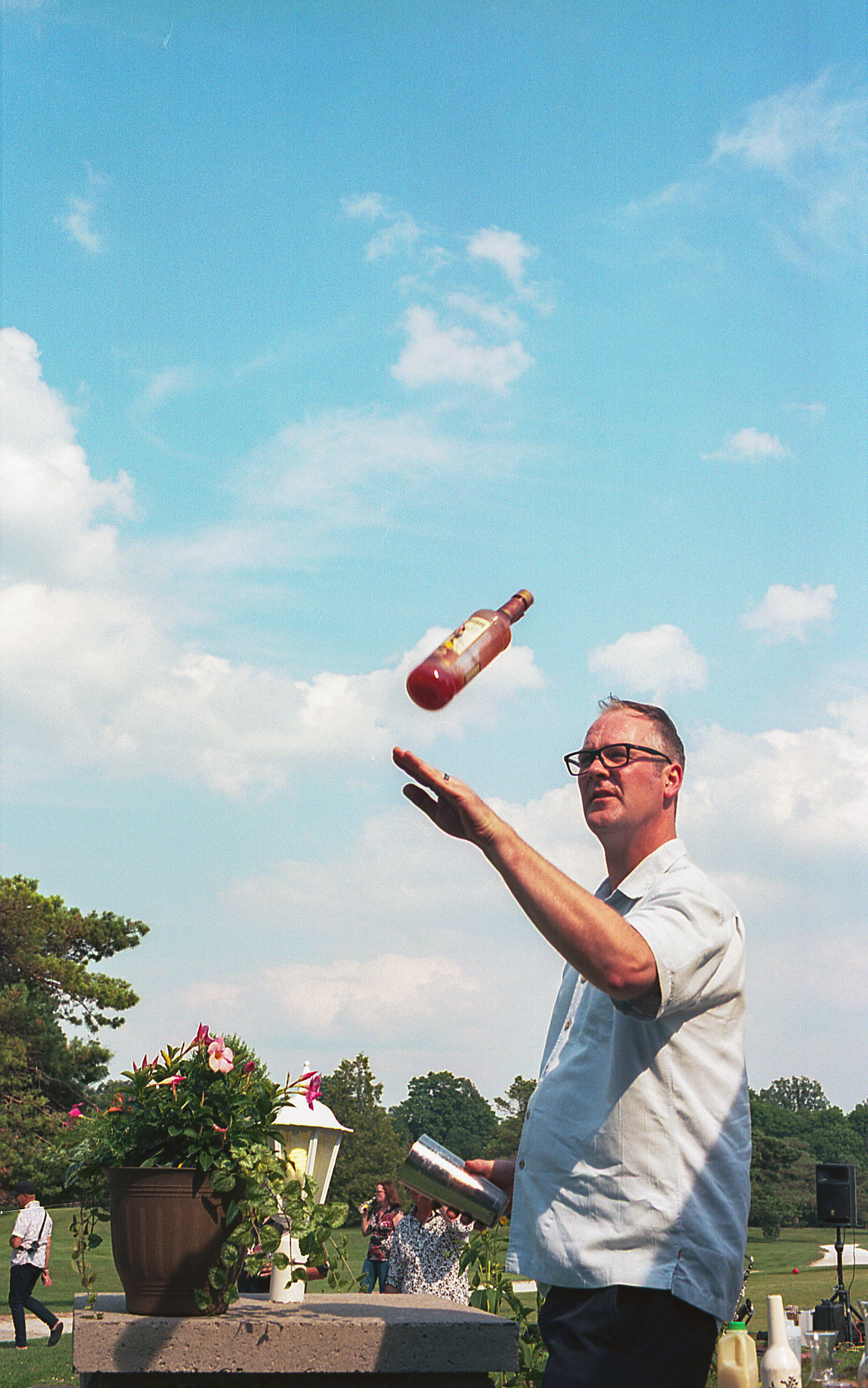
Creating a cannabis-friendly golf course is thus a bit of an oxymoron — most golf courses are already cannabis-friendly (or, at the very least, cannabis-tolerant) golf courses. They just don’t say it out loud. That, if nothing else, is the underlying premise. It isn’t what you smoke at Rolling Greens, it’s what you can admit you smoke. (For comparison, ClubLink, the owner of a network of courses in Ontario, recently introduced a no-cannabis policy. Weiske considers this good for business.)
The course got a bit of a late start due to a long Ontario winter, and while business has been good, according to Weiske, the province’s stoners haven’t taken up the game of golf in droves or anything. “This year, to be honest, I have actually smelled less [weed] around here,” says Thompson, the golf enthusiast. In the cart ahead of him, one man is smoking a big fat cigar. He later tells me he likes his cigars; no weed for him. “That’s my deal, you know?”
But weed, and people smoking it, is hard to find at Rolling Greens. Other than Lopes (who runs the course along with Weiske but isn’t working, per se, on this particular day), and the band booked to play later (Harm and Ease, they’re called; their guitarist tells me they play rock and roll “but like you’ve never heard it before”), it doesn’t seem like anybody is rushing to smoke a joint or anything. Or at least they’re not doing it openly — maybe it’s the effect of walking around with a notebook and a camera, but everyone who is smoking weed is still pretty committed to tucking into a corner to do it. Around the clubhouse, there are still ‘no-smoking’ signs everywhere, artifacts of the course’s more prudish past.
There is something to be said for that, though. Legalization in Canada hasn’t yet been a catalyst for the complete normalization of cannabis — if anything, it’s made pot a little bit boring. Buying weed is now about as transgressive and regulated an act as buying liquor or pharmaceuticals. Part of what drew me to cover the grand opening of a weed golf course is a personal hunger to see cannabis culture, the one I know well, being brought out in the open. The coverage of cannabis in Canada is largely dictated by capitalist framing — who is selling well? who is breaking the rules? who is winning? — that it can be easy to forget that there are people using the final product to entertain themselves, to temporarily break the monotony of daily life, to get up to some hijinks. It’s not unfair to say that obsessing about the industry of weed makes its magic a bit hard to find. Where is all of that? is a question I ask myself all the time. The opening of a weed golf course, I thought, might get me closer. Everybody has a scheme.

The stoned debauchery I’d hoped for is absent — it is a golf course in small-town Canada, after all — and my quest to find it out leaves me mostly empty-handed. When they heard that it was going to become a cannabis-themed course, people who play on Rolling Greens regularly told me the biggest concern was that it would mean they can’t play with their kids anymore (they still can). Now, most of them seem more impressed by the addition of a disc golf course than the change in smoking rules. After a day hanging out on the course, puttering around in golf carts, the venture’s distilled ethos seems to be this: weed and golf are normal, so why not just say so?
Ultimately, it is cold beer that remains the vice of choice for just about every golfer here. It is consumed in large quantities. After everyone’s done their round, they retire to the clubhouse patio, and it’s the brewskis that start getting passed around. Nobody lights up a joint. As the movie Caddyshack starts to play, I hitch a ride back into town and then find a tree to smoke under by the Rideau River, watching the sun go down as the town’s mosquitoes begin to eat me alive.

Follow Kieran Delamont on Twitter


